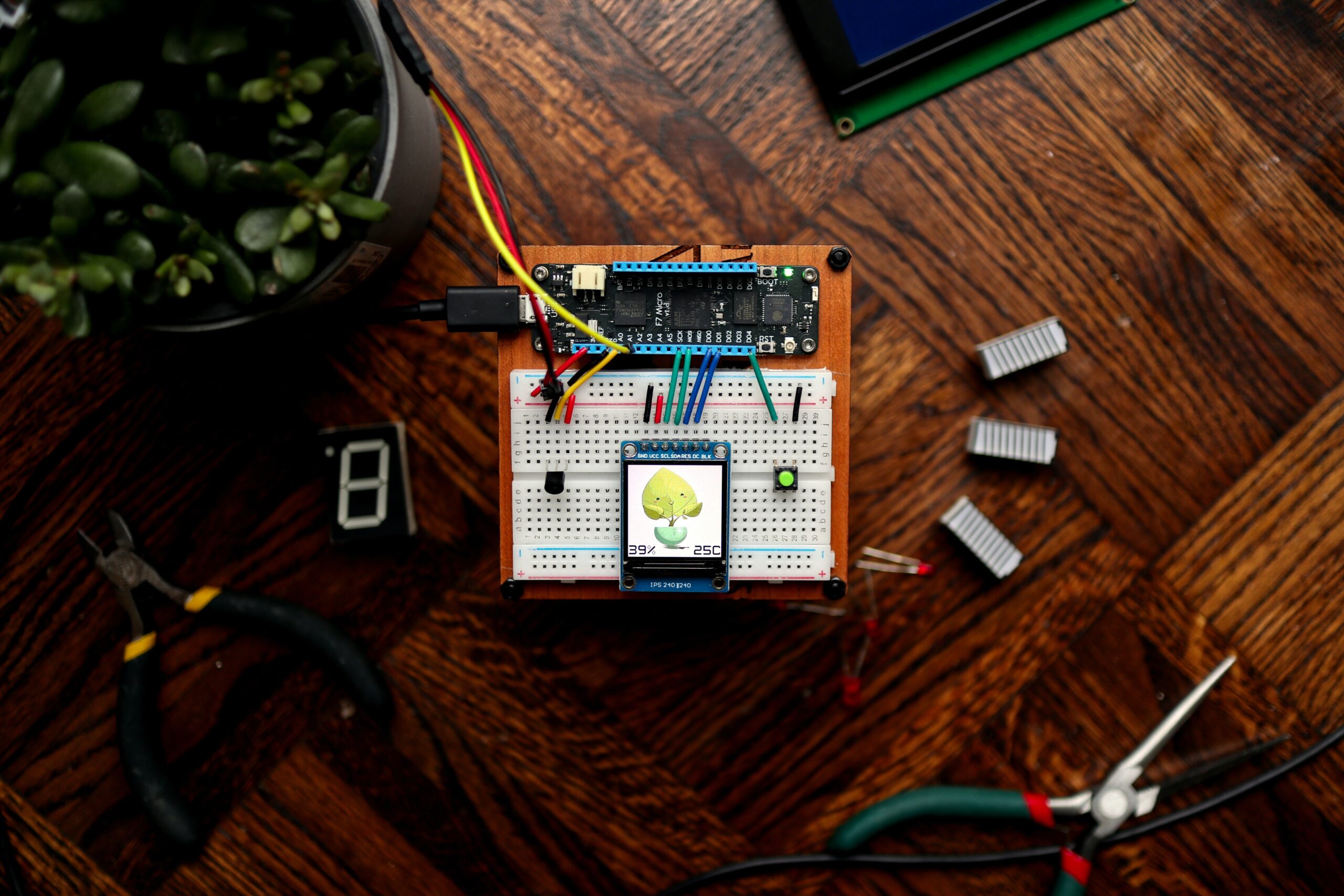Sensors are the quiet observers in the wide panorama of technology; they record the pulse of our networked world. These little gadgets, which are frequently smaller than a penny, serve as the Internet of Things’ (IoT) eyes and ears, allowing for a symphony of data-driven insights. Let’s explore the amazing realm of sensors, their development, and the significant influence they have on our daily lives.
The Ubiquity of Sensors
Sensors are used everywhere. They live in our wearables, automobiles, appliances, cellphones, and even the surrounding environment. Their objective is to notice, understand, and convey. Imagine a city where sensors are installed in every traffic light, lamppost, and building front. These electronic sensors keep an eye on air quality, identify leaks, and monitor foot traffic. They quietly manage a more effective, safer urban experience.

The Silent Revolution
Our world is being reshaped by the silent revolution in sensor development. A new class of sensors appears, each more advanced than the others. This is how they are changing our world:
Miniaturization: As sensors get smaller, so do their power needs. Certain sensors rely on minute amounts of energy to function, obtaining power from their environment. Consider a motion sensor that is powered by vibrations or a temperature sensor that absorbs energy from the surrounding heat. There’s no need for huge batteries or untidy wires with these “no-power” processors.
Sensing Diversity: Modern sensors are more than just one-use tools. Aside from temperature and humidity, they can also monitor light levels, pressure, acceleration, and more. Some even use body fluid analysis to identify illnesses. The combination of many sensory modalities creates opportunities for novel applications.
Positional Precision: Modern sensors are capable of measuring positional deviations as small as one millionth of an inch. Augmented reality experiences, interior navigation, and self-driving automobiles are made possible by this accuracy.
Beyond the Visible Spectrum: Our eyes are not the only organs equipped with sensors. While ultrasonic sensors map the environment, gas sensors identify contaminants, and infrared sensors identify heat signatures. They make actual world dimensions concealed.

The Dance of Data
The raw data that sensors gather is the lifeblood of our digital existence. But interpretation is where their real charm is found. Data is transformed into useful insights via algorithms. Think of a fitness tracker that you wear. Your steps are tracked by its accelerometer, but an algorithm converts them into information about distance traveled, calories burnt, and sleep quality.
The Symphony of IoT
As sensors multiply, they compose a symphony of interconnected devices. Smart cities optimize traffic flow, conserve energy, and enhance safety. Agricultural sensors monitor soil moisture, guiding precise irrigation. Healthcare sensors track vital signs, alerting doctors to anomalies. Industrial sensors predict equipment failures, preventing costly downtime.
The Road Ahead
The journey of sensors continues. Researchers explore graphene-based sensors, quantum dots, and bio-inspired designs. These super-smart sensors will amplify the Internet of Things, ushering in an era of hyper-connected intelligence.
In conclusion, sensors are not mere components; they are the silent architects of our digital age. They listen, observe, and empower us to navigate a smarter, more responsive world. So next time you glance at your smartphone or step into a smart building, remember that sensors are the unsung heroes, tirelessly shaping our future.







+ There are no comments
Add yours